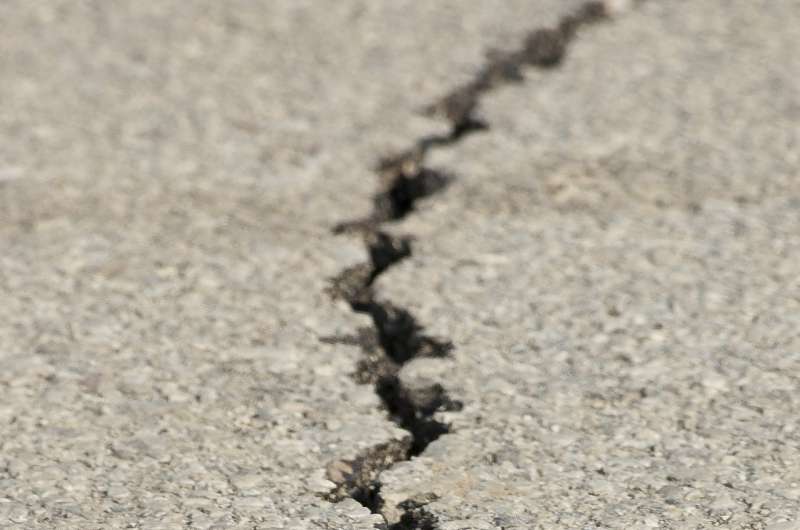What is an aftershock? Learn about the smaller earthquakes impacting Northern California.

Northern California residents awoke early Tuesday to a magnitude 6.4 earthquake that killed at least two people, damaged infrastructure and cut off power for tens of thousands.
"The most likely scenario is that this will be followed by many smaller earthquakes," the United States Geological Survey tweeted Tuesday. There is more than a 99% chance of magnitude 3 and above aftershocks within the next week, according to USGC forecasts, but only a 13% chance of magnitude 5 and above aftershocks.
We're answering your questions about the behavior of earthquakes, including tips on how to stay safe.
What is an aftershock?
Aftershocks are small earthquakes that occur in the days, months or years in the general area following an earthquake. Aftershocks are minor readjustments made near the faults, or areas where stress occurs during the earthquake.
Aftershocks can occur in the thousands and can still be damaging or deadly. In earthquakes, the "mainshock" is the largest activity felt during an earthquake.
Seismologists primarily use Bath's law, Gutenberg-Richter law and Omori's law to describe the behavior of aftershocks.
- Bath's law says that aftershocks will typically be about 1.2 magnitude units smaller than the mainshock.
- The Gutenberg-Richter scaling system says each time earthquakes go down a unit in magnitude, we should expect to see 10 times as many aftershocks.
- Omori's law says the number of aftershocks will decrease as time passes, according to a seismology lab from the University of California, Berkeley.
Aftershocks are not to be confused with swarms, which are sequences of small earthquakes associated with geothermal activity with no identifiable mainshock.
What is a foreshock?
Foreshocks come before large earthquakes, in the same location. Sometimes a foreshock may be identified incorrectly as the mainshock until a larger one occurs after it.
Neither foreshocks nor aftershocks can be bigger than the mainshock.
Why does the Earth shake when there's an earthquake?
Earthquakes are caused by a slip on a fault, which is a fracture zone between two blocks of rock. The tectonic plates move, but their edges remain in place until this slip, when the stress overcomes the friction that normally holds them there. This causes the rest of the block to move and causes waves of energy that travel through the earth's crust. These seismic waves shake the earth as they move through it.
What to do during an earthquake:
Staying vigilant during an earthquake is important, especially when it comes to aftershocks that may cause damage after the mainshock. Here are tips from the California Geological Survey to keep in mind:
During an earthquake:
- Indoors: Stay indoors and away from exterior walls, glass, heavy furniture, fireplaces and appliances. Avoid elevators, windows and doorways.
- Outdoors: Stay in the open if you're outside, away from buildings, powerlines or other falling hazards.
- Driving: Move the car out of traffic and stop, avoiding trees, light posts, signs and powerlines or anything that could fall, like bridges or underpasses.
- Mountains: Watch out for potential landslides and get to high ground.
- Crowded place: Avoid panicking and rushing, stay low and cover your head and neck with youtr arms
After an earthquake:
- Listen to the radio for instructions, especially about aftershocks
- Check for fire hazards and fire
- Avoid driving to keep streets clear for emergency vehicles
- Check for damage in your home and for structures that are about to fall
- Share your location with family and friends
(c)2022 USA Today
Distributed by Tribune Content Agency, LLC.

















